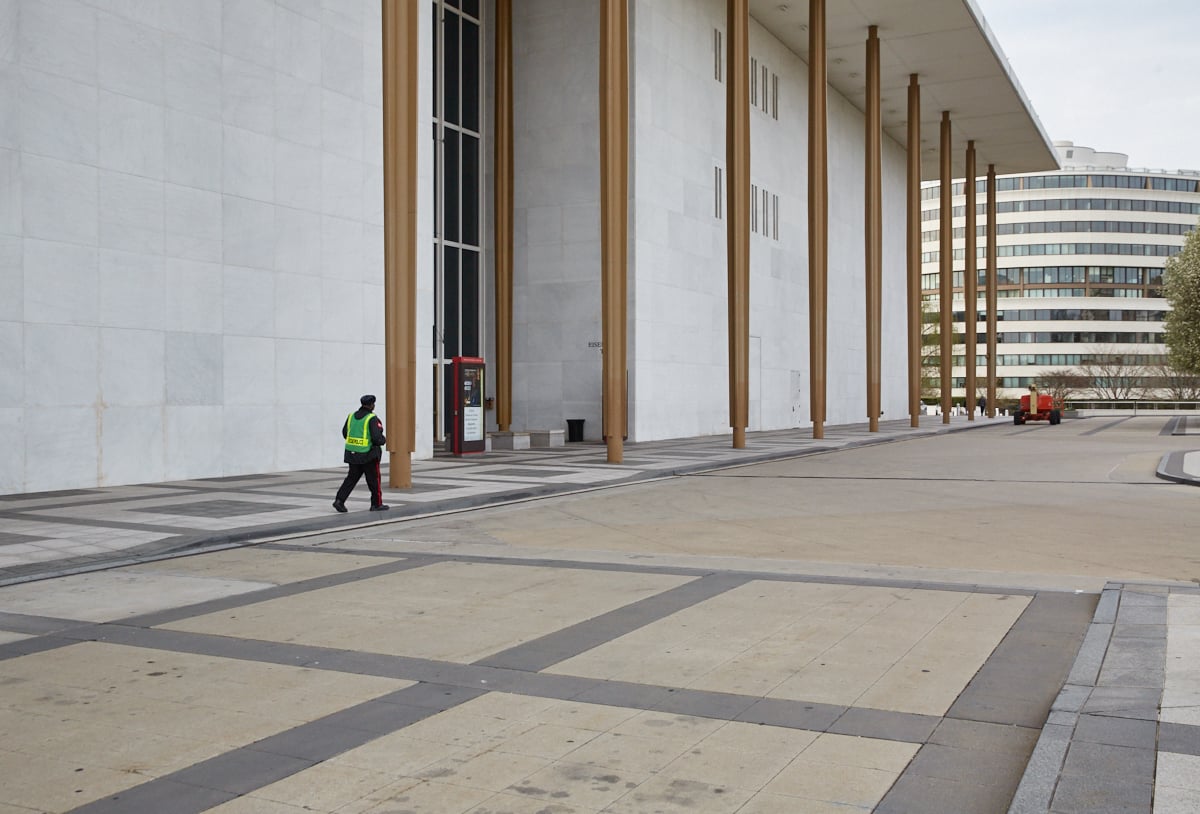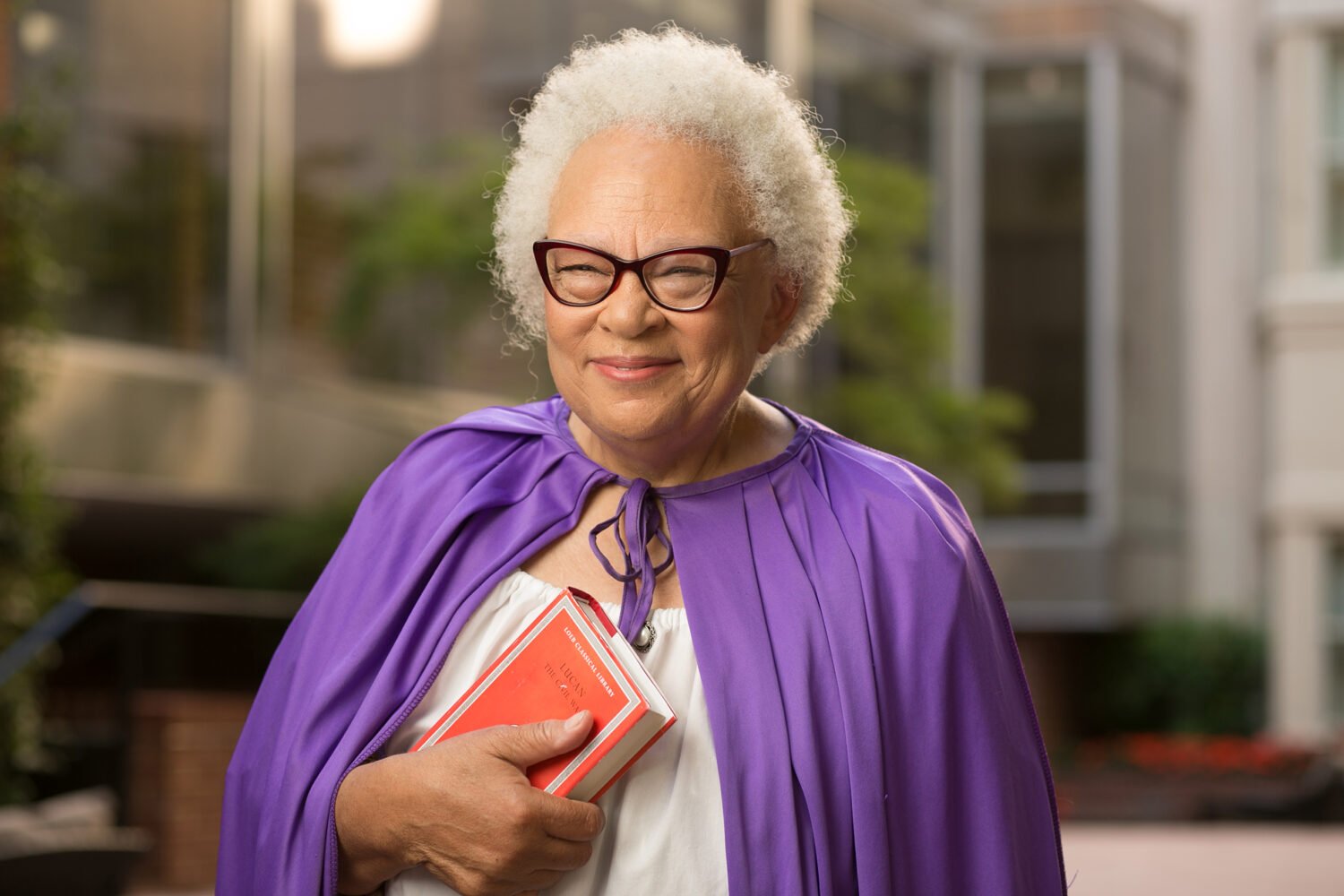The foyer to Bloomberg’s penthouse offices in downtown Washington screams money with its high-tech decor, fresh flowers, and a fish tank that looks like a coral reef from the Cayman Islands.
But you can’t enter the Bloomberg newsroom unless you have your picture taken.
I refused; officials called security.
“You will have to leave,” said Bruce Derconte, site director for Seal Security.
I had an appointment to interview Meghan Goddard, who works with Al Hunt. Just over a year ago Hunt left a high-profile job with the Wall Street Journal to run Bloomberg’s DC operation. Goddard came to usher me to the newsroom, but the security chief stopped me from stepping past the foyer.
“Sorry,” he said. “After 9/11 we instituted new security procedures for Bloomberg worldwide. I can let you past if we can take a picture of your photo ID.”
I declined.
“I think that’s a violation of my security,” I said.
Just then Roger Simon, the highly regarded political columnist who left U.S. News and now writes for Bloomberg, breezed by. We greeted each other; I explained my predicament and suggested I do an interview with Simon a few feet away by the elevators. Derconte said any interview would have to be conducted in the downstairs lobby—or out on the street.
Checking with other Washington news organizations and bureaus, I could find none that requires visitors to be photographed before being allowed into the newsroom.
“We don’t take photographs,” says Steve Anderson, spokesman for USA Today, which does clear all guests through security.
Does Al Hunt’s former employer require a photo? “We have no such equipment here,” says David Wessel, Wall Street Journal’s deputy Washington bureau chief.
So the following report is based on my visit to the Bloomberg reception area and on phone interviews from a secure, remote location—my office at The Washingtonian.
Bloomberg News reporter Michael Forsythe wrote a solid investigative story Friday, pointing out that campaign contributions are pouring in to members of Congress, such as Tom DeLay and Bob Ney, who have been linked to lobbyist Jack Abramoff. And Heidi Przybyla wrote a great story about George W. Bush’s poll numbers.
Trouble is, few in Washington could read the stories.
Bloomberg pieces good enough to make page one of the Washington Post evaporate in cyberspace after a short life on Bloomberg.com.
If you are one of the 186,000 subscribers with a Bloomberg-issued terminal—mostly business and investor types—you might have read them. And if you are one of the 900 or so Washington heavy hitters who receive free, daily e-mailed lists of Bloomberg’s stories, you had a chance to read the stories.
“It’s the invisible empire,” U.S. News executive editor Brian Kelly says of Bloomberg.
But the way Hunt sees it, the empire is about to bust out in a visible way, especially in Washington.
“A lot of news organizations are cutting back in Washington bureaus,” says Hunt. “We’re going to be increasing our coverage.”
Hunt, 63, came to Bloomberg after 39 years with the Wall Street Journal. With his wife, former TV anchor Judy Woodruff, he was ubiquitous on the social circuit and TV panel shows. Then he seemed to disappear into the invisible empire.
“The last time I worked this hard was 22 years ago when I became the Journal’s Washington bureau chief,” he tells me.
Michael Bloomberg, the mayor of New York, started the company he named after himself some 25 years ago. His idea was to provide financial information of all kinds in one terminal. The idea worked. He made a fortune. The company is privately owned; he still owns 72 percent.
Sixteen years ago he decided to add news to the terminals. Now Bloomberg is a media conglomerate with a publishing arm, monthly magazine, radio reports, TV news programs, and a Washington bureau. It has 1,800 reporters and editors worldwide.
Al Hunt oversees 119 print, radio, and TV journalists in the Washington bureau, housed in the glitzy quarters at 14th Street and New York Avenue in downtown DC. Says Hunt: “Anything that has money in it we want to cover.”
Hunt used to talk about “advancing the story.” He talked to me about the “value added” by Bloomberg’s journalistic product.
The financial world gets covered in short items about rising interest rates in Brazil or a blip in Treasury bond yields, and some of this coverage is published in newspapers. But Bloomberg’s longer articles or columns by Gene Sperling or Margaret Carlson or Roger Simon rarely get picked up by newspapers.
“A lot of newspapers have the mindset that we are turning out items about Treasury bills and refinancings,” Hunt says. “They don’t think of us in terms of sending out these kinds of pieces.”
Bloomberg’s Washington staff has three reporters who cover lobbying, money, and politics: Michael Forsythe, Kristen Jensen, and Jonathan Salant.
Hunt has hired Rich Miller from BusinessWeek and Matt Benjamin from U.S. News.
A part of Bloomberg’s Washington bureau I did not get to see: the television studios. Kathryn Kross, who once was CNN’s Washington bureau chief, is running Bloomberg’s TV operation.
Says Hunt: “We will do several shows from Washington.”
But he’s not sure which cable channel will carry them. So they might be difficult to see—like Bloomberg’s Washington bureau.
















